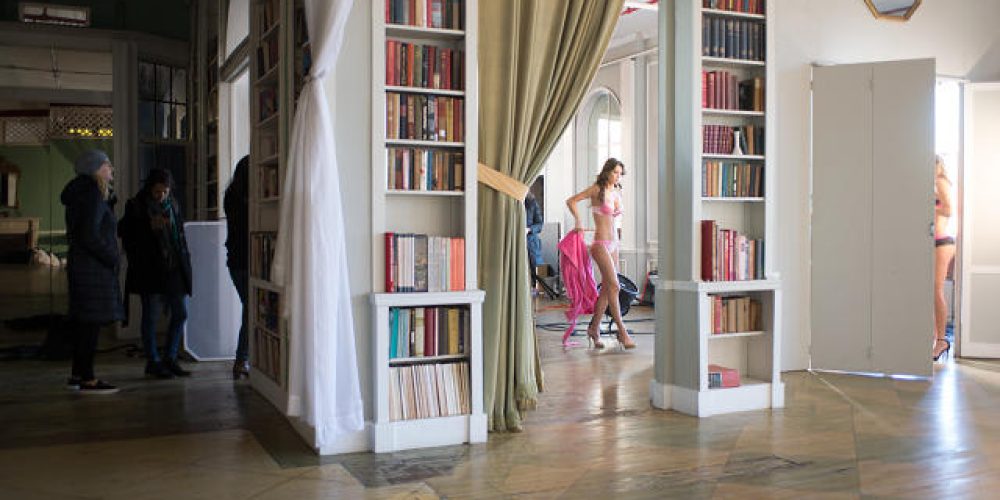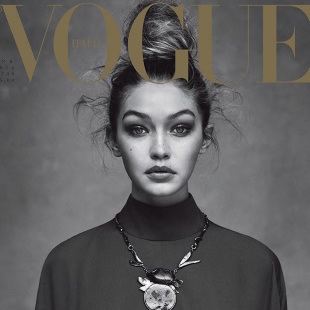For Fast Company, Rebecca Greenfield learned about how lingerie company Adore Me is using A/B testing to measure which models make sales, and how.
Here are our highlights:
Sex doesn’t sell, so forget the boudoir shot. Blondes don’t work. Props distract. Couches are fine. Playing with hair is ideal.
Those are some of the insights the lingerie company Adore Me has learned from testing the photos of models wearing its sexy products online. For each bra, Adore Me shoots multiple versions of images to run on its website. The distinctions between the pictures might include different models wearing the same set in the exact same position, or the same model in the same set in a different position, for example. Then, like any good tech company, it tests the options to find out which one sells better.
At the photo shoot, beautiful models with perfect everything glide by in stilettos. Space heaters are put out to warm the nearly nude women, while makeup artists in puffy jackets touch up their faces. The photographer, a man, has some guidelines for what works in pictures: a certain distance between the camera and the model, a specific blurriness, particular positions that sell well. Hand on hip, a popular pose among Instagrammers trying to make their arms look skinny, doesn’t resonate nearly as well as a hand on the head, for example. (That slight change can double sales, according to internal research.)
A/B testing takes more resources because it requires at least two of everything. At the all-day event, Adore Me photographs between 30 and 40 new looks that will debut on the site the next month. For every bra and underwear set, the company has to ensure it has enough options to test for each garment. Each month, the retailer also reshoots a handful of garments that didn’t sell well on the site. Today, Adore Me is testing a new blonde model. While natural blondes make up about 16% of the U.S. population, and gentlemen have been said to prefer them, nobody wants to buy lingerie from them. So far, no one with golden locks has sold well, Hermand-Waiche says.
Through its research, Adore Me has found that the right model matters even more than price. If customers see a lacy pushup on a model they like, they’ll buy it. Put the same thing on a model they don’t, and even a $10 price cut won’t compel them. Pose matters as well: the same product shot on the same model in a different posture can nudge sales a few percentage points in either direction. Another test found that a popular model can sell a more expensive version of the same garment.
But what happens when the masses dictate beauty standards? Hermand-Waiche argues that his science-based approach is more inclusive than letting a group of photographers and art directors deploy their narrow-minded, personal taste. The company uses an actual plus-size model, unlike brands like Calvin Klein that use «in-betweenies»—the clumsy term for models who don’t technically fall into «plus size,» which starts at size 12.
Scrolling through the site, the models could all be related—long legs, olive skin, dark hair, insanely hot.
But Hermand-Waiche denies that his site depicts only one version of beauty. «Actually, ethnicity doesn’t mix and match with how it sells,» he said. «We had some super strong sellers on the African American model, and we had some super bad sellers on the African American model, it was all about the way she behaves in the picture. That’s what makes the beauty of the A/B testing. It doesn’t cancel out an ethnicity and a genre; it’s all about the emotion.»






